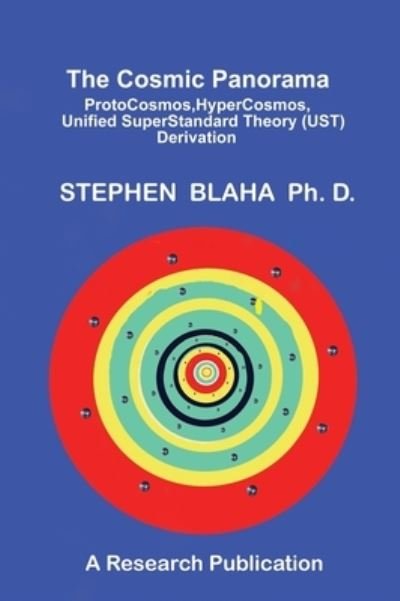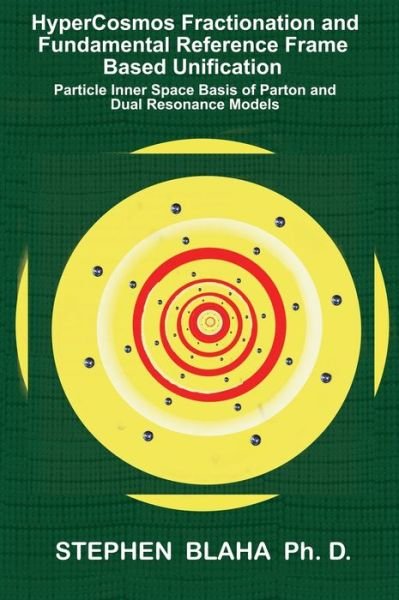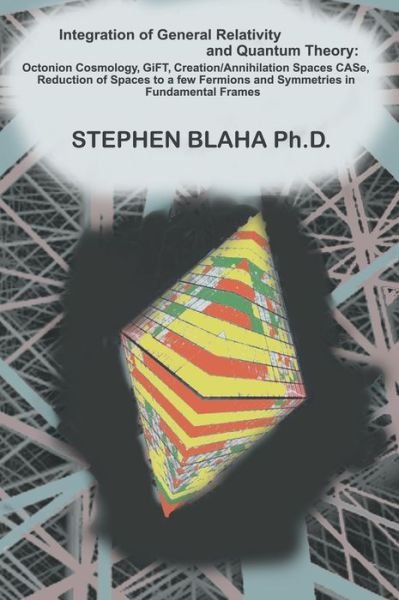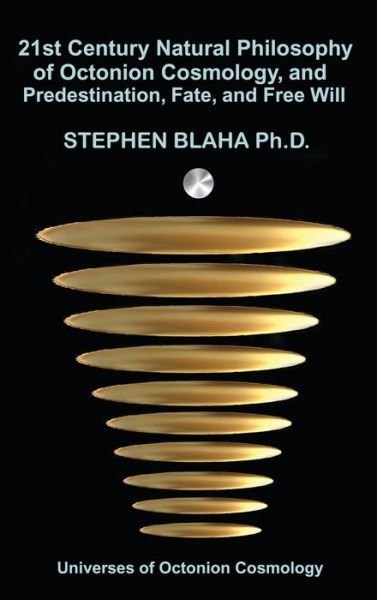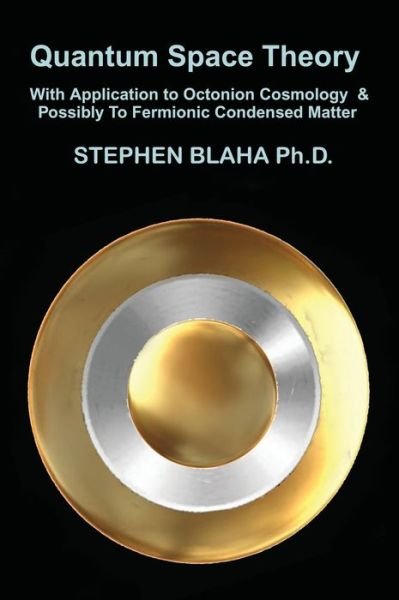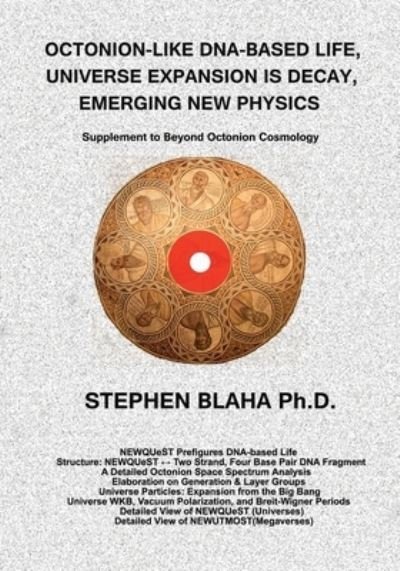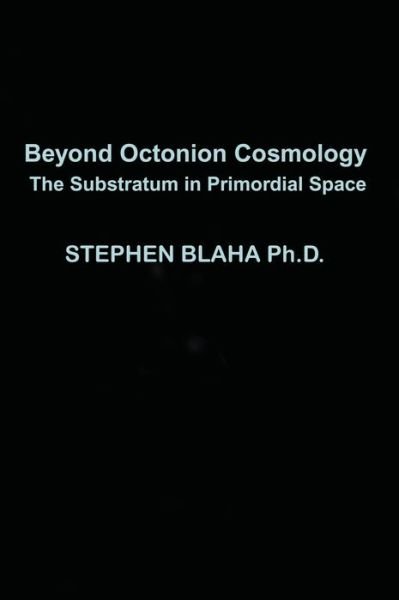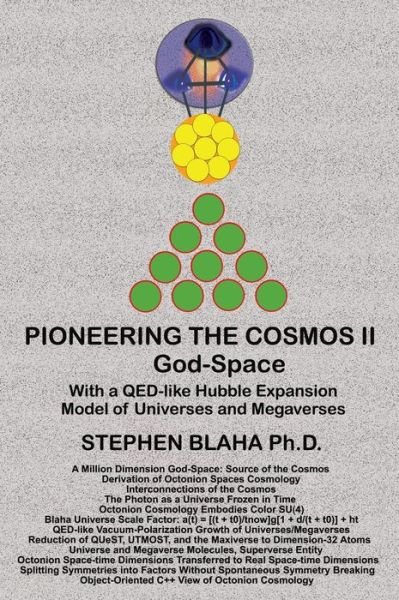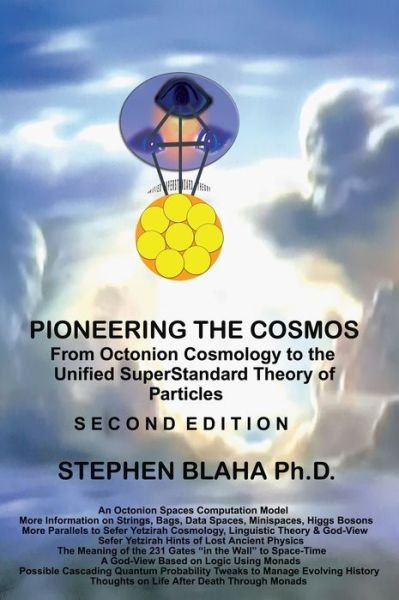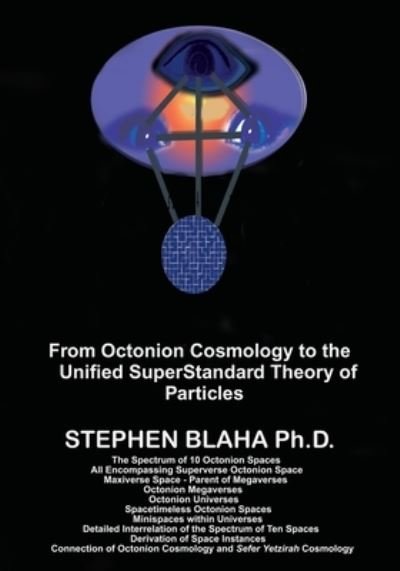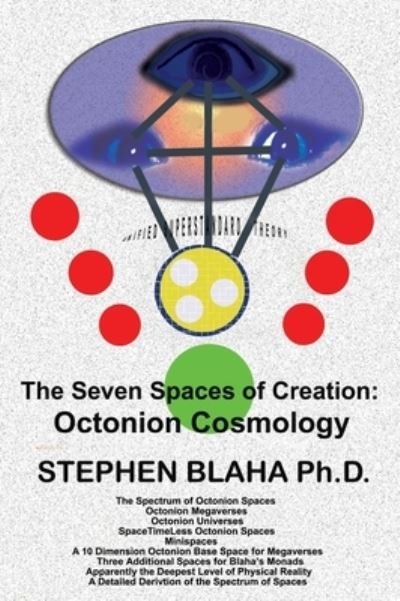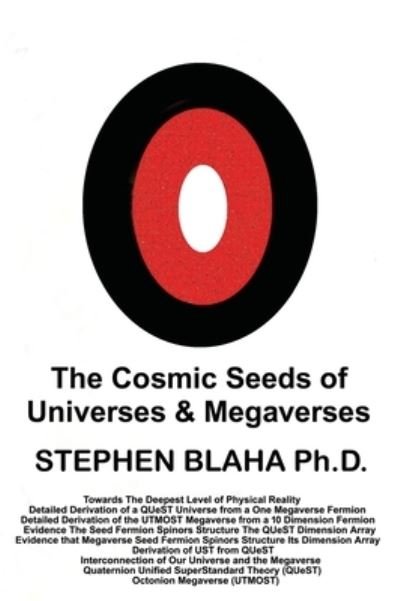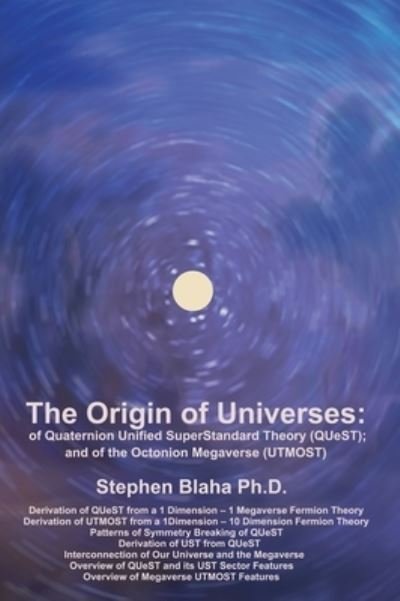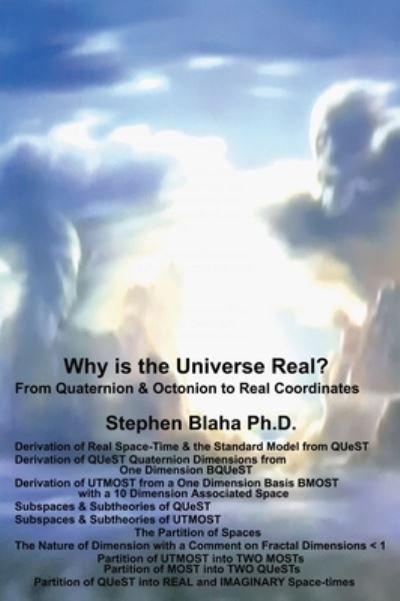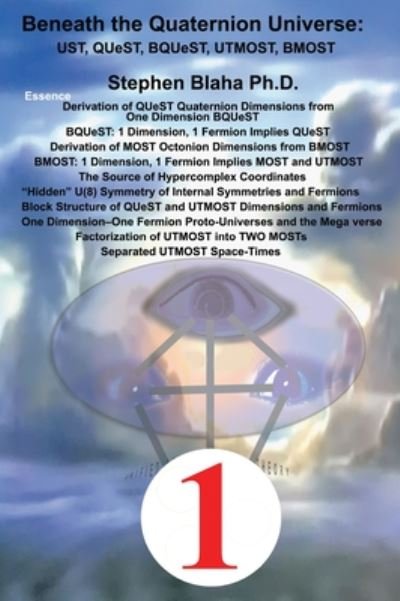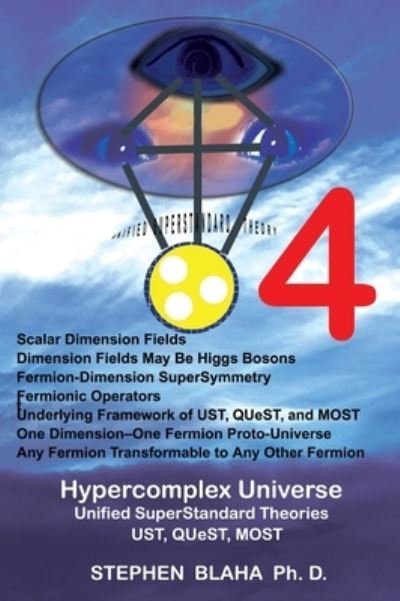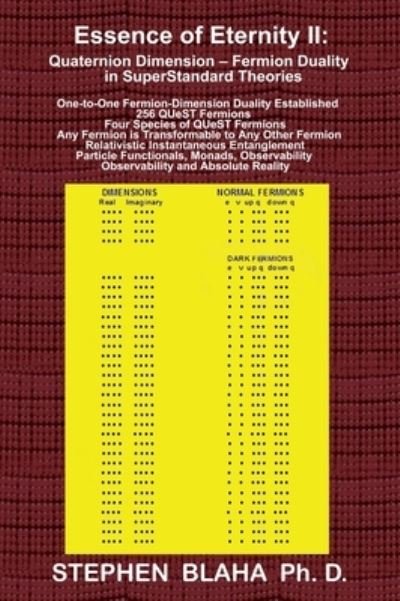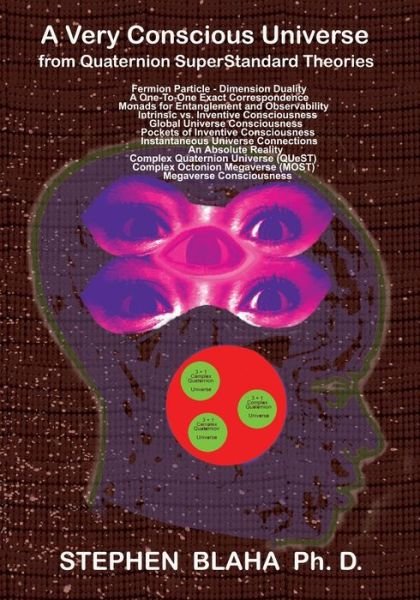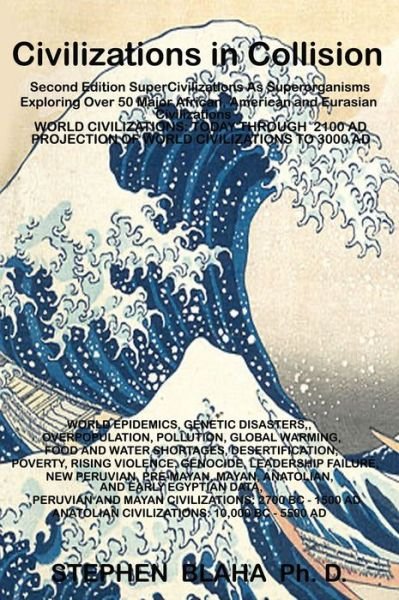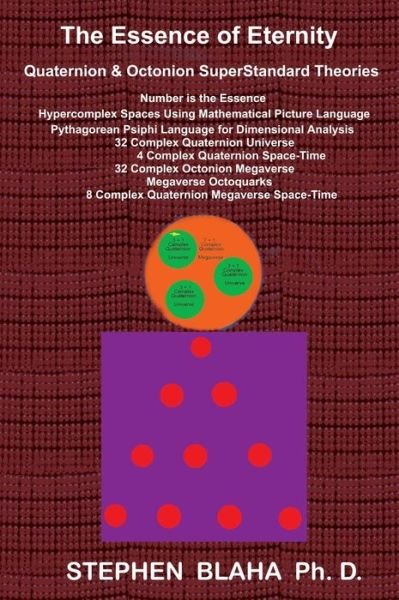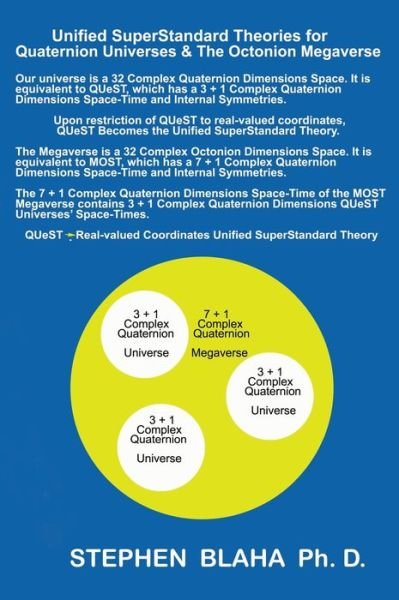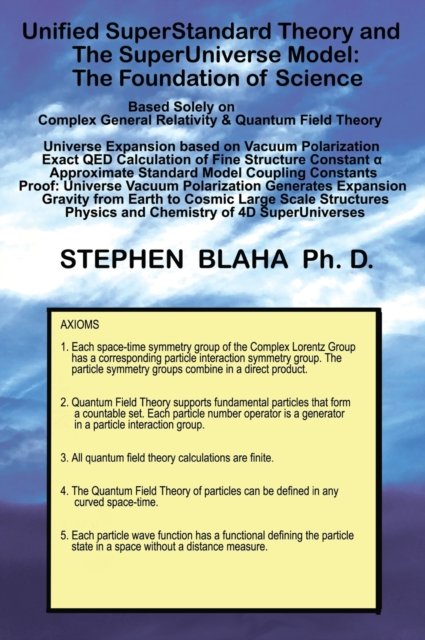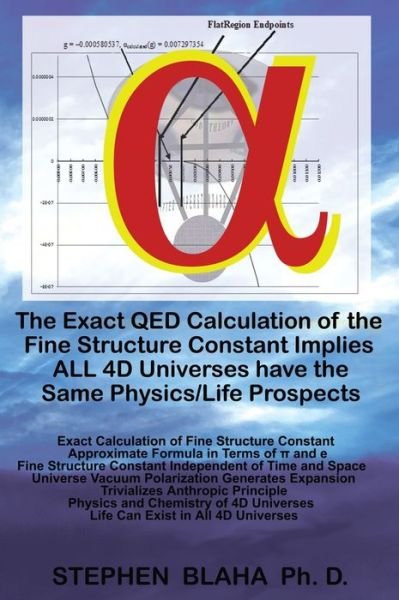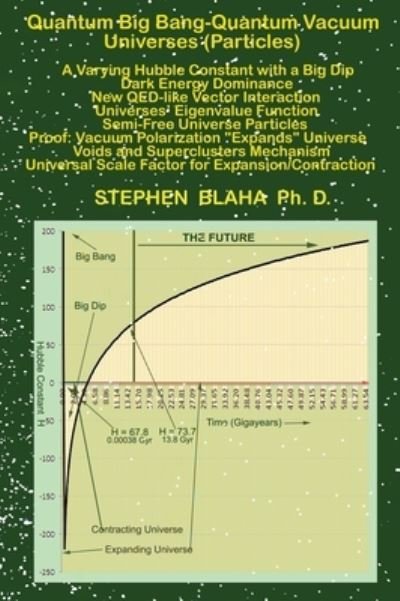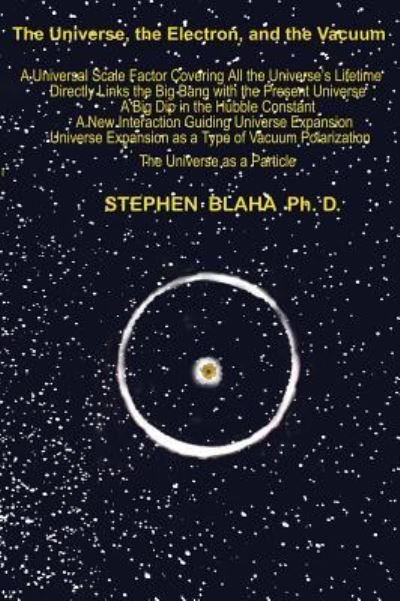
Tell your friends about this item:
Bright Stars, Bright Universe: Advancing Civilization by Colonization of the Solar System and the Stars Using a Fast Quark Drive
Stephen Blaha
Bright Stars, Bright Universe: Advancing Civilization by Colonization of the Solar System and the Stars Using a Fast Quark Drive
Stephen Blaha
The contents of the book: Bright Stars, Bright Universe: Advancing Civilization by Colonization of the Solar System and the Stars using a Fast Quark Drive include: 1. A description of the current state of the earth showing that an unavoidable decline in human civilization is inevitable without a major reduction in population and a major initiative to explore and colonize the Solar system. 2. A description of the major features of travel to other stars (and galaxies) at speeds such as 5,000c (5,000 times the speed of light) and 30,000c. We show that there is no limit to starship speeds so speeds of 1,000,000c, and above, are possible to travel to other galaxies. 3. A step by step program for space exploration and colonization (differing from other, short-range proposals) that is the most practical and cost effective approach to large-scale colonization of other planets and moons. 4. A description of the major features of faster-than-light travel and a new mechanism to break the light speed barrier that does not require a massive amount of resources that is beyond the capabilities of our current civilization. 5. The mechanism will be based on a quark drive using accelerated quark-gluon plasma rings to propel the starship. Quarks have complex spatial momentum in Blaha?s theory of the Standard Model and thus can give a starship a complex thrust (and thereby a complex acceleration and velocity) that will enable it to ?go around? the speed of light which is a real number. The quark-gluon plasma rings will be generated by creating macroscopic amounts of quark-gluon plasma via the high energy collision of heavy ions such as U238 atoms. Current circular accelerators are creating quark-gluon plasmas in very small quantity. Creating macroscopic amounts of such plasma is a major research challenge. 6. Starship occupants will not experience unacceptable acceleration forces. However, they will have to travel in suspended animation due to starship time contraction (yes contraction) at ultrahigh speeds. (The passage of time is accelerated on starships traveling at speeds much greater than the speed of light. Time will pass on a starship traveling at 5,000c at a rate 5,000 times the passage of time on earth. So a one year period on earth will appear to be 5,000 years on the starship. However in suspended animation starship occupants would ?sleep? through the trip. If they return the same way, then they would find that, in two years of earth time, they would have only aged the amount of time spent at the starship?s destination.) Suspended animation would keep the biological clock of starship passengers roughly in sync with earth time. Developing suspended animation for humans for long periods of time is also a major research challenge. Besides being a requirement for starship travel it will have major medical value on earth. 7. The proposed starship can be built with a major world-wide R&D effort in probably 30 years. Its cost will be high. There are major technical challenges. But there will be significant benefits on earth from the knowledge gained, and success will open the known universe to Mankind and a glorious future. The alternative is a declining civilization with declining resources.
| Media | Books Paperback Book (Book with soft cover and glued back) |
| Released | July 24, 2009 |
| ISBN13 | 9780981904924 |
| Publishers | Pingree-Hill Publishing |
| Pages | 80 |
| Dimensions | 117 g |
| Language | English |
More by Stephen Blaha
See all of Stephen Blaha ( e.g. Hardcover Book , Paperback Book and Book )


